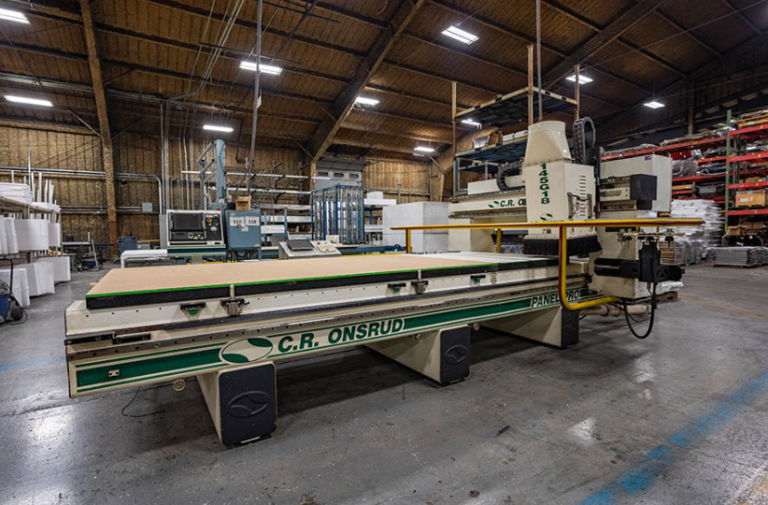How to Choose the Right Die for a Metal Stamping Job

Every metal stamping job starts with choosing the right die. This one choice affects how your parts look, how fast you can work, and how smoothly the whole process goes. To pick the right die, you just need to look at a few simple things. Think about the type of metal you’re using, how many parts you need, and the kind of stamping you’re doing. Once you know that, it’s easier to decide what will work best.
Let’s go over the main things that help you choose the right die, so your metal stamping goes well from beginning to end.
Choose the Right Material for Metal Stamping
Metals don’t all behave the same during stamping. Some are easier to shape, while others need more force and durability. For this reason, the material you choose directly affects the type of die you’ll need.
When using softer metals like aluminum, a standard die usually does the job well. In contrast, harder metals such as stainless steel require a tougher die that can handle the extra pressure. It also helps to consider things like thickness and grain direction. Even small details like these can affect how clean and accurate the final piece will be.
Look at the Volume of Production
Are you producing a few custom parts or thousands per day? Your answer here changes everything.
For low volume runs:
- Go with simpler dies like single-hit or hand-fed types.
- They cost less and are easier to maintain.
For high volume jobs:
- Progressive or compound dies are better.
- These dies can do multiple tasks in one stroke, saving time and boosting output.
Tooling Budget Can’t Be Ignored
Not every project needs a high-end die. Some are built for heavy, daily use, while others are better suited for smaller runs. So, instead of picking the most advanced option, think about what your job actually needs, and what you’re willing to spend. If it’s a one-time or low-volume task, a basic die can handle it without stretching your budget. However, for ongoing production, it’s worth paying more for a die that holds up over time.
Match the Die Type to the Operation
Metal stamping isn’t just one thing. It includes blanking, bending, coining, drawing, and piercing; each one needs a die that does the job properly.
Here’s a quick guide to match things up:
- Blanking Dies: Used when you need to punch out flat shapes from sheet metal.
- Piercing Dies: For making holes or cutouts in a part.
- Drawing Dies: These are designed to stretch the metal into a new shape, often for deep parts like sinks or cans.
- Forming Dies: Best when the metal needs to be bent or reshaped without cutting it.
- Compound Dies: Combine multiple actions in one stroke, ideal for quick jobs that need both punching and shaping.
See also: Top At-Home Body Slimming Techniques That Don’t Require Surgery
Think About Tolerances and Finish
Different projects call for different levels of accuracy. Some parts must be exact, while others give you more room to work with. So, before choosing a die, it’s important to understand how precise your final part needs to be. If the part connects with other pieces or moves within a system, a high-precision die makes the most sense. It may cost a bit more, but it helps you avoid fitting problems and rework later. For designs where appearance matters more than exact size (like display items or covers), a die with a looser tolerance can still deliver solid results without adding extra cost.
Coatings and Materials Matter Too
Sometimes, it’s not the die shape that makes the biggest difference, it’s the surface. The coating on a die can change how long it lasts, how much it resists wear, and how well it handles sticky materials.
For example:
- Carbide-coated dies work well for long production runs with tough materials.
- Titanium-nitride coatings help reduce friction and extend tool life.
- Tool steel dies are great for general-purpose work.
Keep Maintenance Simple and Quick
Before choosing a die, take a moment to see how easy it is to care for or replace it. Some dies may look impressive but require a lot of upkeep, which can slow things down if your team isn’t prepared for that. If you’re working with a small crew or using older equipment, simpler dies are often the better choice. They’re easier to clean, sharpen, and replace when needed, which keeps your production running without long breaks.
Also, make sure that spare parts are easy to find. If you have to wait too long for replacements, it can delay your entire schedule. So, it’s always better to go with a die that matches your setup and keeps things running efficiently.
Conclusion
Choosing the right die comes down to understanding what your project really needs. The material, the number of parts, and the kind of metal stamping all help guide the decision. Once you’re clear on those things, it becomes much easier to pick a die that fits your setup and runs without problems. You won’t waste time or money fixing issues later. A good match from the beginning keeps your work flowing and your results consistent. Just focus on what works best for your job, and the rest will follow.
Looking for high-quality metal stamps? Order now from Short Order Products.






